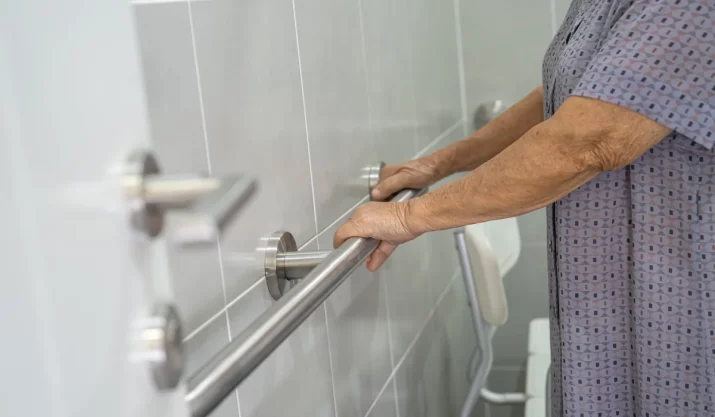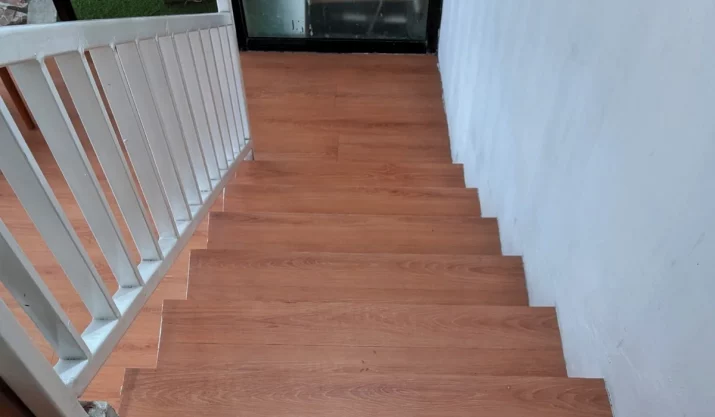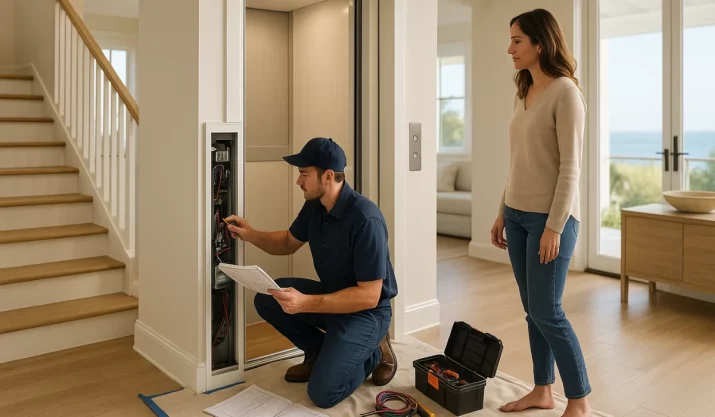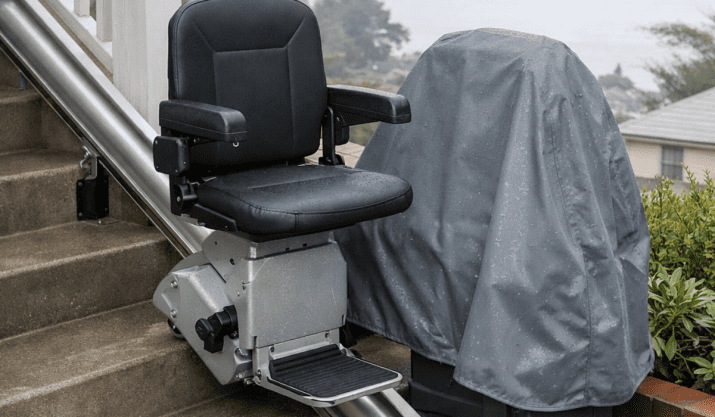Accessibility Upgrades for Multi-Generational Homes

Table of Contents
Multigenerational living is becoming more common across California. As a result, many homeowners are reevaluating how their homes accommodate all family members. Living with aging parents, adult children, or grandchildren will require a home that can accommodate everyone’s unique needs. Designing a home that prioritizes everyone’s comfort and safety takes planning and a few smart accessibility upgrades.
Whether you’re starting from scratch or remodeling an existing space, you’ll find practical design ideas to support every age group and mobility level.
In this article, we’ll cover the most effective accessibility upgrades and show how these changes can improve caregiving, mobility, and support aging in place.
Key Takeaways
- Accessibility upgrades, such as stairlifts, grab bars, and wider doorways, make multigenerational homes safer and more functional for older adults and those with mobility challenges.
- Universal design and flexible floor plans help accommodate changing family needs and age groups over time.
- Balancing shared and private spaces supports healthy family dynamics, privacy, and comfort for all generations living under one roof.
- Wise remodeling choices now can support long-term caregiving, aging in place, and improved quality of life for multigenerational families.
Why Multi-Generational Home Accessibility Matters
Multigenerational homes offer numerous benefits, including emotional support, shared responsibilities, and financial savings. With three or more generations under one roof, accessibility must be carefully planned to ensure the safety and comfort of all family members.
Accessibility upgrades enhance safety, streamline daily routines, and improve the overall quality of life for the entire household. For older family members, an accessible home can reduce the risk of falls, promote independence, and support aging in place. For caregivers, thoughtful home design can simplify daily routines and relieve them from caregiving tasks that require heavy lifting.
Top Home Modifications for Multigenerational Homes
1. Stairlifts for Multi-Level Living
Older adults and individuals with mobility challenges often struggle with climbing stairs. If you live in a two-story home or have porch steps, installing a stairlift can drastically improve your home’s accessibility and safety.
At California Mobility, we offer custom indoor and outdoor stairlifts tailored to your home’s layout, making upper floors just as usable as the ground level.
2. Widened Doorways and Hallways
Standard doorways often can’t fit walkers or wheelchairs. Widening doorways to at least 36 inches provides easy access throughout the living space. It also accommodates the changing needs of every generation in the home, benefiting both elderly family members and children navigating with strollers or toys.
3. Bathroom Safety and Adaptability
Because falls often occur in bathrooms, you can prevent them by installing non-slip flooring, grab bars, and walk-in tubs. Add a comfort-height toilet and a roll-in shower with a bench to make bathing easier for older adults or family members recovering from surgery or injury.
Remodeling Tips for Multigenerational Living
Creating a successful multigenerational home isn’t just about mobility; it’s also about creating a sense of community. It’s about respecting privacy, promoting independence, and striking a balance between shared and private spaces. Here are some ways you can achieve that balance while meeting everyone’s needs.
1. Create Separate Entrances or Suites
Separate entrances or a private suite with a bathroom and kitchenette offer multigenerational households greater convenience and independence. This setup provides privacy for adult children or aging parents while maintaining proximity for caregiving and connection.
2. Design for Universal Access
Universal design refers to creating a living environment that accommodates people of all ages and abilities, regardless of their physical or mental limitations. Some universal design elements to consider:
- Lever-style door handles (easier to use than knobs)
- Rocker light switches
- No-step entries
- Lower countertop sections
- Open-concept floor plans for better maneuverability
3. Upgrade Lighting for Safety and Comfort
Poor lighting can increase the risk of accidents, especially for older family members with limited vision. Install bright, glare-free lighting in hallways, staircases, and bathrooms to enhance visibility and reduce eye strain.
Motion-activated night lights can make nighttime navigation easier, as family members won’t need to fumble around to find the light switch. These types of night lights can help prevent late-night falls that may lead to emergency hospital trips.
Shared vs. Private Living Spaces
A significant challenge in multigenerational homes is striking a balance between shared spaces and private areas. Open living areas, such as the kitchen and living room, foster family time, while private bedrooms or in-law suites offer everyone a place to recharge.
Soundproofing between living areas, thoughtful floor plans, and clearly defined zones all help support harmony across different family dynamics.
Support Caregiving as Needs Change
As your household evolves, your home’s needs will change too. Whether you’re currently caring for elderly family members or planning for the future, a flexible design can allow you to adapt over time.
Including features like removable grab bars, convertible bedrooms, and multi-use spaces can keep your home adaptable and functional as everyone’s needs change.
You can also make caregiving to older family members easier with accessibility upgrades. Everyday tasks, such as bathing, cooking, or helping them navigate your home, can be less physically demanding for everyone.
The presence of accessibility upgrades can enhance safety and improve the quality of life for everyone.
Consider California’s Aging Population
California’s population of adults over 65 continues to grow, and more families are turning to multigenerational living to support aging parents while also staying connected. Many families in regions like the Bay Area, Los Angeles, and San Diego have also adopted shared living arrangements as a practical solution to limited real estate and high housing costs.
By investing in accessibility features and smart home design, California homeowners can create safe, welcoming homes that support long-term well-being and independence.
Final Thoughts
Making your home more accessible for multigenerational living isn’t about sacrificing style or space. The goal is a home where everyone, from toddlers to seniors, can live safely and comfortably.
Whether you’re adding a stairlift for an aging parent or reworking the layout to support future needs with smart home design and accessibility upgrades, you’re making life at home safer and more inclusive. These changes can help strengthen family bonds and support long-term quality of life for your entire household.
At California Mobility, we help families find the right solutions to live safely and comfortably together. We specialize in assisting families to create homes that grow with them. Our team can guide you through the process of designing a home that supports your multi-generational family living situation.
Contact us today to receive a complimentary quote. We’ll ensure that you find the proper accessibility solution for your family’s needs.






